Brian Fallon: “I don’t want to be a lead player. I just want to be the best rhythm section ever”
We talk putting down the pick, stripping back the rig and leaving comfort zones
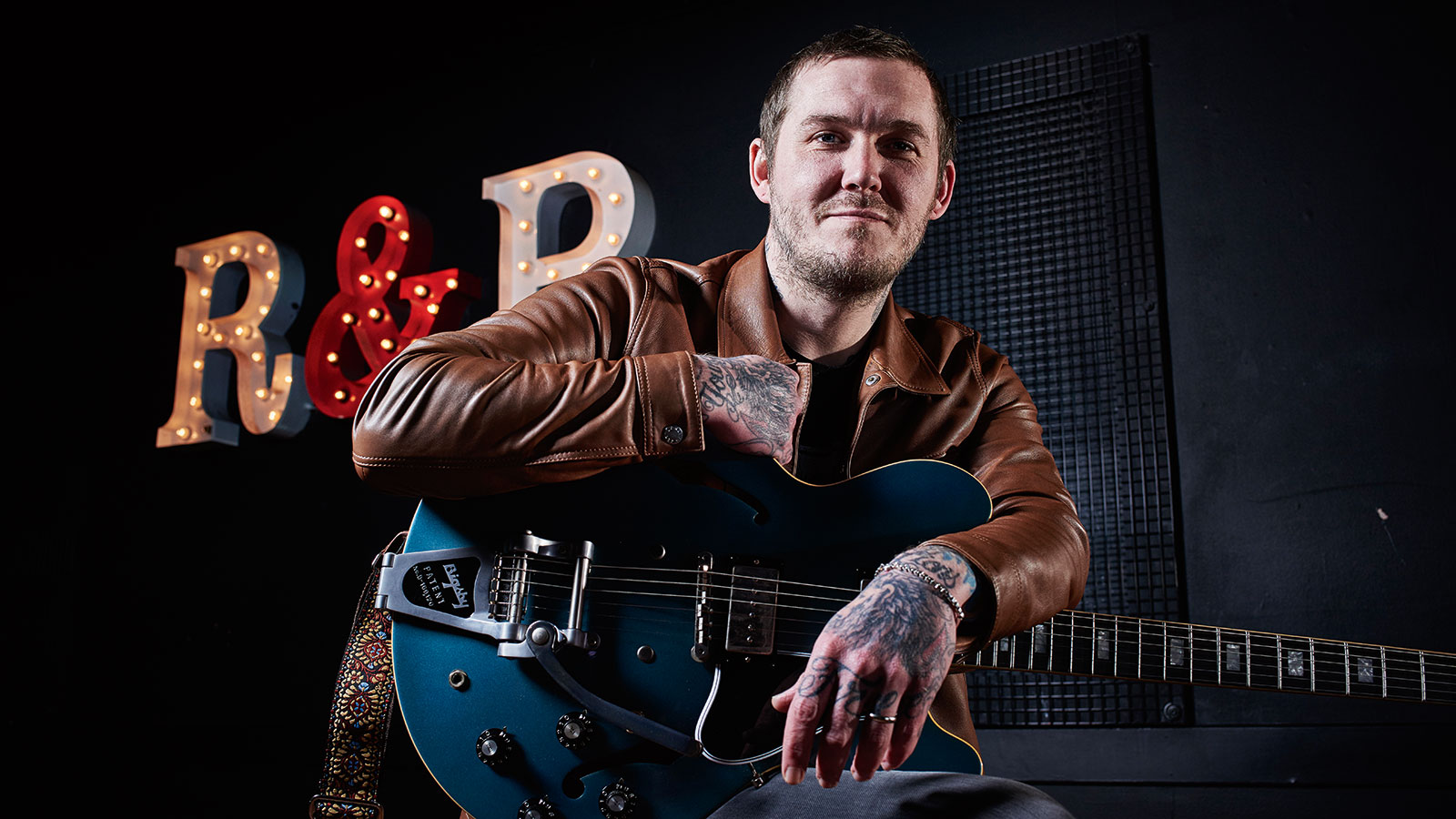
It’s fortuitous timing to meet Brian Fallon. Through Gaslight Anthem, The Horrible Crowes and now his second solo album Sleepwalkers he’s again proved that his willingness to learn from others and question his own approach as a rhythm player and songwriter makes him an inspiring musician to speak to.
“When you’re picking up other styles, you’re constantly learning,” he tells us.
“I learn tons of John Frusciante’s licks from the Red Hot Chili Peppers. I’m never going to play like the Chili Peppers but I might use that if I’ve got a dub beat or reggae thing mixed with a soul thing. You can use those pockets, and I think it’s very wise to learn to play rhythmically because that’s really the thing that everyone is missing now.
“I would get bummed out when I would go and see people play acoustic and at festivals and it would be this onslaught of guitars. I was like, ‘You’re not separating anything.’ It’s essentially like a stream of chords. And when you’ve got your Marshall turned up to eight... the rhythm guitar could not even be there.”
It’s not long before we see for ourselves how Brian’s realisations are changing what and how he plays with live band The Howling Weather. And it’s clearly taking him to a good place at the show in Bristol tonight; chatting playfully with the crowd, using a stripped-down rig, playing fingerstyle and even performing Gaslight’s modern classic The ’59 Sound on piano. There’s plenty to catch up on...
Finger tips
Have you consciously moved towards playing more fingerstyle?
I don’t want to be a lead player, I don’t want to shred and play fast licks. I just want to be the best rhythm section ever
“Yes, and that took effort. I was playing with a pick for a long time, and then there were things that I couldn’t get out of it. I’ll strum sometimes and I’ll use a pick, if the whole song is strumming I’ll use a pick. But I find as I get older and learn more about the guitar, I really veer away from strumming. I use little half-chords and suspension licks and things like that.
Want all the hottest music and gear news, reviews, deals, features and more, direct to your inbox? Sign up here.
“It comes from the need to accompany myself, because I was playing acoustic sets and it’s such a drag when you’re playing an hour-and-a-half show and just strumming all the time. It’s a real drain on the audience - they’re hearing the same frequency over and over again, the same pattern. Then I would go and see other people play and they would have these little fingerstyle things. And I thought, ‘I wonder if I could change it up like that?’ Then I carried it over to the electric.
“The more rhythm you add in your songs, the less you need to play. So I started looking into all the people that were doing that kind of thing, like Mark Knopfler and other fingerstyle guitar players. But I was also looking at players that use picks and adapting that style for fingers. I’ve got to the point where I can do it well. I played a bunch of songs on the record without a pick.”
For a lot of players that initial transition from pick to fingers can be quite daunting and uncomfortable...
“I practise all the time. There’s never a point when I’m not practising. It’s not something where you can just jump in the driver’s seat and be like, ‘Tonight I’m going to play with my fingers,’ because your fingers will be bleeding and you won’t sound good. You’ll hit a chord and it’ll just sound like ‘splat’. You have to really manipulate it.
“And no-one ever notices; I wonder if anyone does - it might only be for me but I put a lot of effort into it. I don’t want to be a lead player, I don’t want to shred and play fast licks. I just want to be the best rhythm section ever.”
Leaving the comfort zone
That’s something that is noticeable on the album - rhythmically you’re trying new things. Were you consciously taking yourself away from comfort zones and habits?
“Big time, because I think I’ve done everything I can do the way I’ve done it for so many years. I had to find something else. And I was so into soul music and R’n’B stuff, I had to add it in, you know? Figure out how to blend it with the punk rock and rock ’n’ roll I grew up on.
“I know there’s another way to do it. Mark Knopfler was a good guide to me - watching his career. When I first started fingerpicking, the first thing I learned was Don’t Think Twice It’s Alright from Bob Dylan. So I learned that the way that the record is. Because it’s mega fast, Travis-style. But it’s not incredibly difficult if you slow it down to 30bpm.
“I isolated: my thumb does the three low notes and then my first finger does the third string, my middle finger does the second and my ring finger does the first string. Then my pinky (you’re not supposed to) but I brace it on the guitar. You’re not supposed to do that with proper fingerstyle but that’s too hard. Knopfler does it with three fingers. You just have to slow everything down. If you can learn it slow, the muscle memory will kick in and you can use it fast. That’s how you can do Don’t Think Twice.
I thought ‘What do I do to play fingerstyle on the electric?’ And really the main guy is Knopfler. He’s the best at it
“So I thought, ‘Okay, I’ve got this on acoustic, what do I do on the electric?’ And really the main guy is Knopfler. He’s the best at it. He can do those heavy riffs in Money For Nothing but he’s got this really cool, pedal steel-style in Sultans Of Swing and So Far Away. He’s playing pedal steel licks and it’s great.
“And that spoke to me: ‘What if I mixed that with what I do?’ You’re playing guitar like an organ now. Now you’re covering both bases. So I picked up Romeo And Juliet on the resonator and that pattern. That was hard because it’s got sweeps and stuff in it. But you just isolate everything. Slow slow slow.”
Do rhythms come into the process early with writing now?
“I’ll start with it and once I get a rhythm down I’ll start playing along on the guitar but really, really spare. Maybe just a couple of stabs to get a melody. Then I’ll play on the piano or the organ and the rhythm will dictate the pace of the vocal and that will dictate the pace of the melody. I definitely don’t sit down with a guitar and strum. That happens almost never. It used to happen but not any more because I know it too well. It’s like too much of an old friend.
“On the last record, I wrote a lot on the piano, almost all of it. A lot of it on the piano and a lot of it in my head. A couple of things, but not much came from the guitar. I know the guitar really well so it’s tough for me to find new places to go. I have to sort of trick myself. I was never a fan of open tunings, because some people will do that and fumble around. But that’s not my jam.”
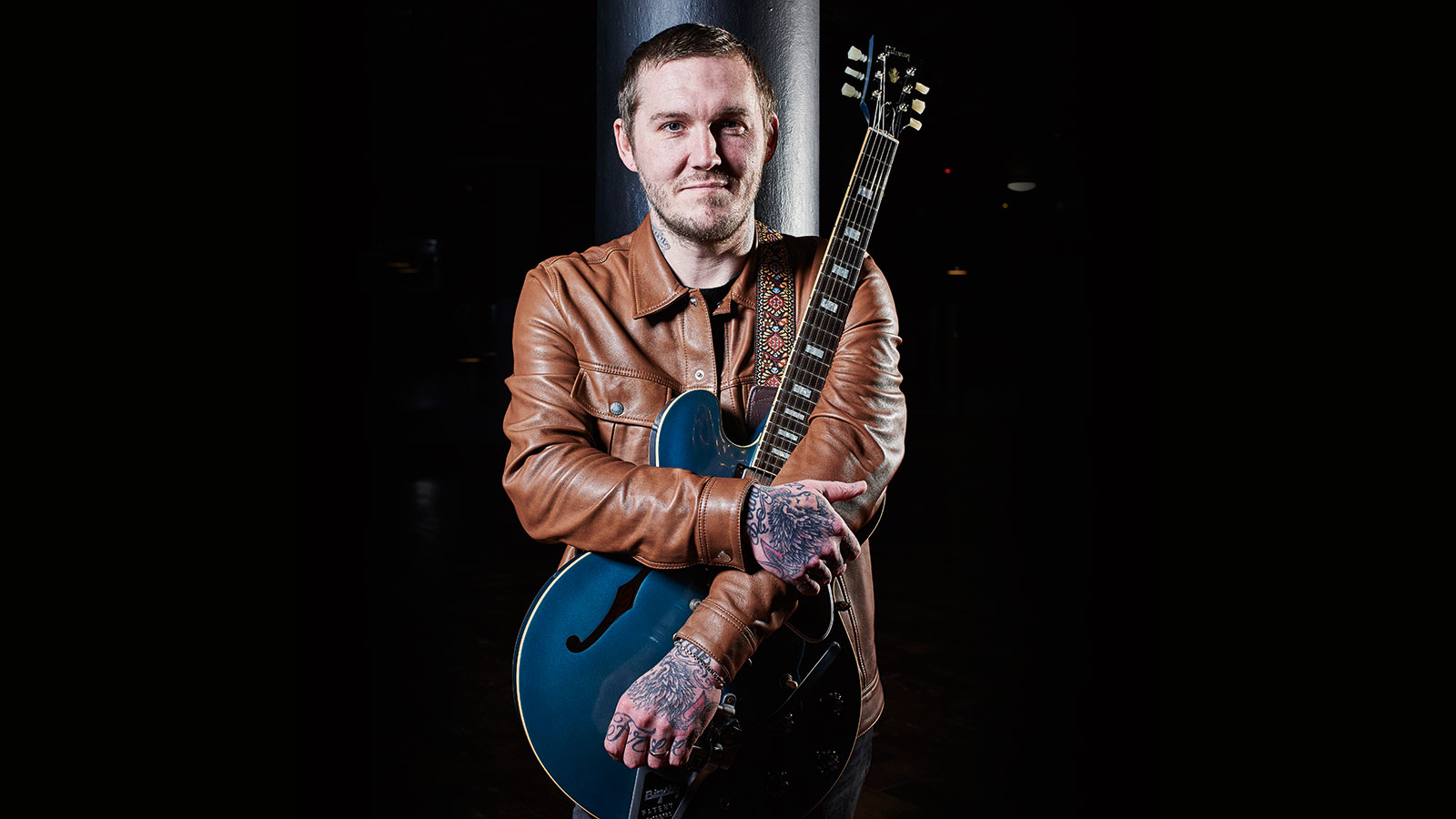
The piano man
You started to play piano last year and you’re playing keys onstage for a few songs now - what prompted you to do that?
“I’ve just always wanted to learn the piano and I’ve seen Bruce [Springsteen] do it solo and I think some of those versions of his songs are the most beautiful versions in the world. I’m a giant Tom Waits fan and a giant Tori Amos fan, too. I was 37 and I thought, ‘Man I’ve got to learn how to play this thing.’ And I struggled, I still struggle. I’m big time struggling.
I don’t want people to think 'It’s just that he’s got more talent than me'. I don’t have more talent than you, I’m just working
“I’m playing it every night and I’m hitting bad notes but I’m doing it and I’m letting people see me hit bad notes because I don’t want them to think it’s just that he’s got more talent than me. I don’t have more talent than you, I’m just working.
“The only thing that might separate me from someone else is that I might be able to focus longer and practise harder. I definitely don’t have the most talent. Kids can do it and I hope that it encourages kids: ‘Well, that guy’s fumbling around, why can’t I do it?’”
Does it affect your perception when you return to the guitar?
“It does make it easier to know where the notes are. My bass player [Nick Salisbury] is insane, the way he plays is so good, and the drummer [Dave Hildago Jr], too. And they’re like, ‘Put the minor third down on the seven’ and I’d be like, ‘What?’ Now I know.
“They said something to me the other day; ‘Can you flatten the third?’ And I would have had no idea what they were talking about if I hadn’t played piano. The third, the middle finger - put the flat on the third, I’ve got it. Or drop the third; that’s a big AC/DC trick. Play the chord but drop the third. That’s why the chord is so punchy, so it helps big time.”
Gaslight moved so fast after The ’59 Sound came out 10 years ago and there seemed to be pressure on the band. Are you able to reflect and take in things a bit more now?
“Definitely. It’s much more satisfying this time, just to be able to travel and do this thing. Before it was so fast and there was so much pressure - sometimes self-inflicted pressure, that I didn’t enjoy any of it. I didn’t see it. But now I’ve sort of gotten licence from people to do what I’m going to do. As long as I stick within my thing... if I released a grime record I don’t know if people would like that!
“They give me a lot of freedom. They’re like, ‘You want to do a dubby kind of song like Elvis Costello? Cool.’ At the same time I can do a folk or soul or punk song. I’ve got this freedom and I feel lucky to have it because that comes from the people, and I’m able to be free. I feel free.
As a band, you do have to do the thing. When you go to see the Foo Fighters at Wembley they better be playing... No jamming; ‘Yo check out this raga tune’
“In the band with all the pressure that came with it and as big as the band is, you’re not as free because you do have to please everyone who comes to the shows. You do have to do the thing. When you go to see the Foo Fighters at Wembley they better be playing. There’s no experimenting. No jamming; ‘Yo check out this raga tune.’ People would be fuming, because as a band, you’ve got to go and do the show.
“I was so cool with it when I was younger and I was so in because I was burning with excitement; if you’re excited, I’m excited. Bang! Go! And I wanted to do it. Now I just want to do this thing. I want [the audience] to be happy but let me take you on this little trip now.
“It’s not just about slamming home the excitement: ‘Let me strip this down on the piano, let me play this with a little beat to it, I think I’ve learned something. Follow me along, let me see if you’ll come with me.’ So far it’s been working. But it’s a different thing.”
The ’18 Sound
Brian guides us through his light but very carefully chosen rig
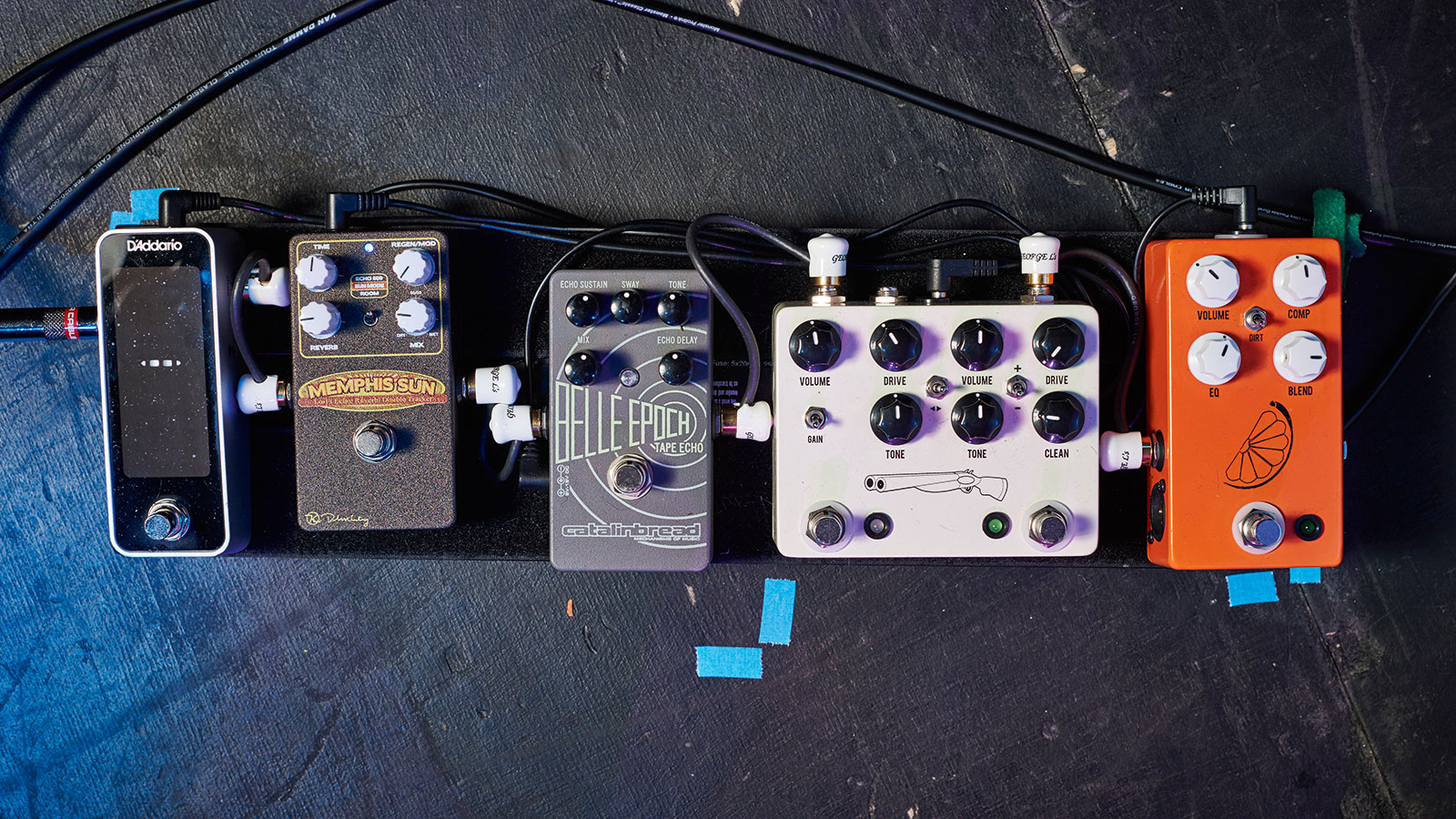
Keeley Memphis Sun
“I don’t use effects much, just once in a while. Every delay pedal will do slapback but I thought it was cool that it was specifically for it. It was just easier to get all those sounds in one little box.”
Catalinbread Belle Epoch Tape Echo
“The tap tempo is difficult from night to night because we’re particular about the rhythms so we set it. And what I do, like for the timed delay in Come Wander With Me or something like that, it has to be the same every time. So I’ll set it to the record and then I pull the knobs off. So wherever the knobs are when it’s right, I’ll pull all the knobs off and then set them all at noon. That way it never changes, there’s no questions. Because I don’t like to be fiddling - I’ve got enough work to do up there!”
JHS Double Barrel
“It’s a light overdrive. The left side is their Morning Glory, so I guess you could compare to like a Klon but it doesn’t have that midrange thing like the Klon has and I find if you just put it on a little bit, it can sort of act like a compressor or a really light overdrive. Sometimes you can’t even hear it - the overdrive I mean, you can hear the pedal. It’s mega-transparent. Everyone says, ‘This or that pedal is transparent’... but this is transparent.
“The other side is their take on the Tube Screamer. I only use that for one song. Even a Tube Screamer with the gain all the way down is too much gain. But sometimes I need to stack it, because otherwise if I’m playing a single-note riff it just sounds thin. JHS put a blend knob in so you can blend your clean signal. So I have the drive all the way off and volume and tone at noon.”
JHS Pulp 'N' Peel Compressor
“If you play as clean as I do sometimes you need that compressor to hold everything together, especially if you’re fingerpicking real fast. It’s based on the Dan Armstrong Orange Squeezer that Mark Knopfler used on Sultans Of Swing. That’s exactly the type of compression I’m going for.
“I don’t squeeze it too hard. In the studio [Dire Straits] were using Fairchilds and all this other stuff like 1176s, and it’s tough to replicate. The Pulp 'N' Peel is cool because it does the compression thing, again it has a blend knob, but it also has a little switch on it that adds a little dirt to it - it’s what an 1176 will do.”
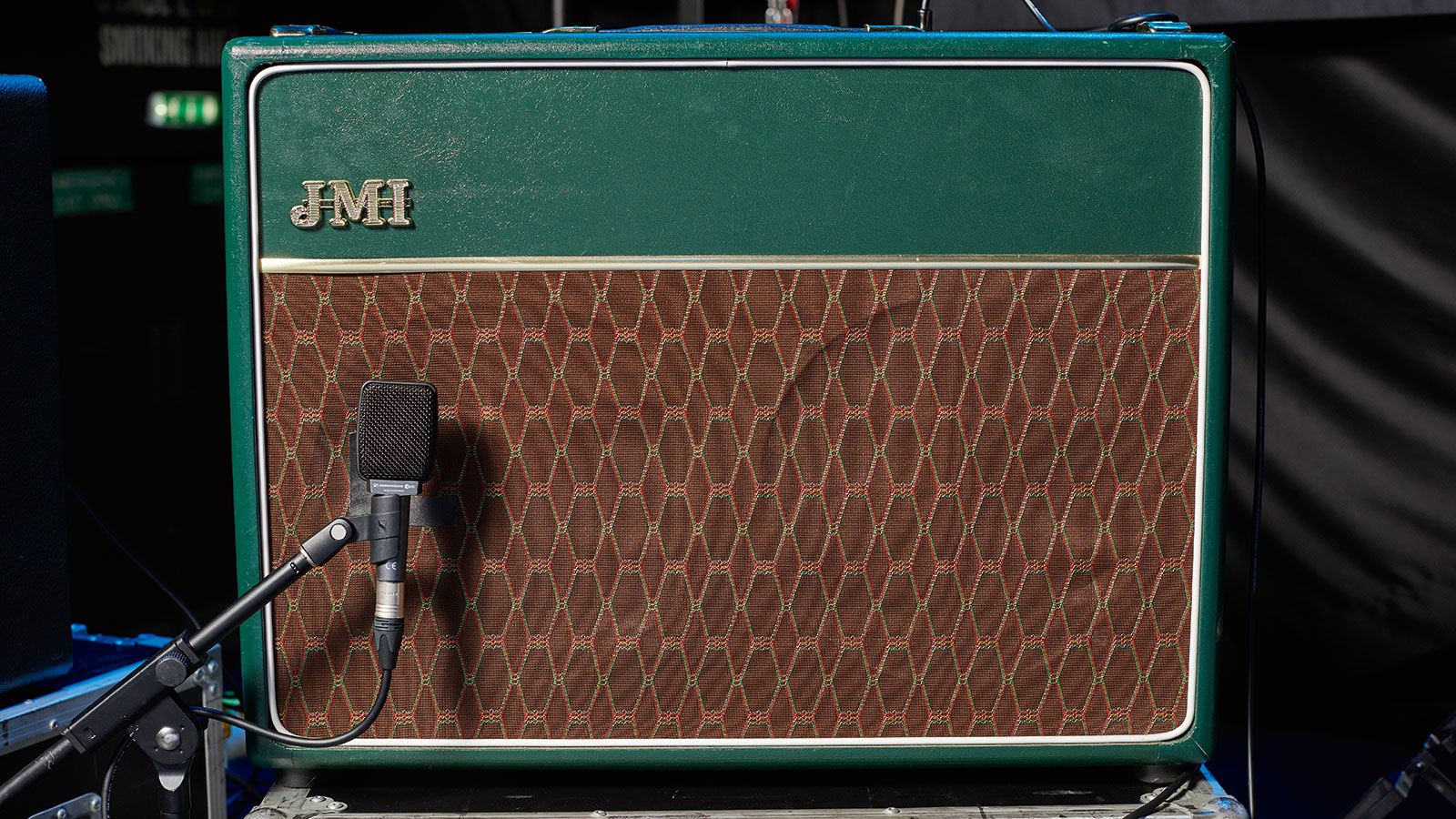
JMI 15T
“I have two JMIs and then I have a bunch of Voxs. But do you know the funny thing? I only have one AC30, the rest of them are all Twin AC15s. Because I run mine less than halfway up, it’s not loud. But it’s clean and they’re bright.
“They work really well with Gibsons. It does everything for me in the way I play clean. The Vox compresses really nice but it doesn’t get muddy. It’s got a nice overdrive that cuts but it’s not too bright. A Fender one takes my head off. But with a Vox the bass and the treble knob are interactive so the more you turn them up, the less midrange you get. So it’s all midrange when they’re off. Then as you turn the bass and the treble up you get less midrange.”
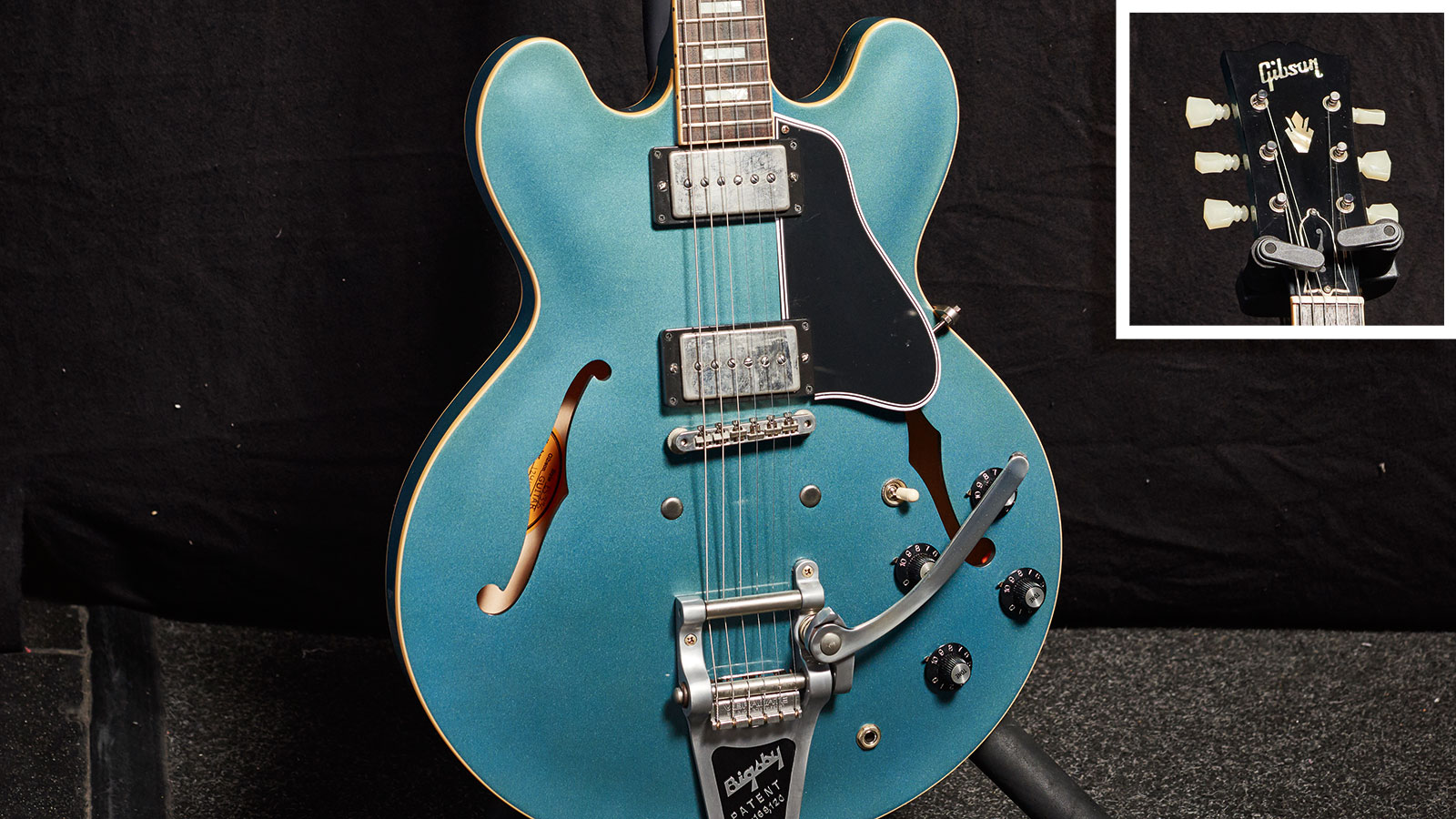
2018 Gibson ES-335 Anchor Stud Vos
“They did a limited run when they took the stoptail out and put the anchor studs in. For me, a 335 feels like I’m playing an acoustic and when I’m playing it onstage, even though it’s electric I get that feeling of being at home and writing.
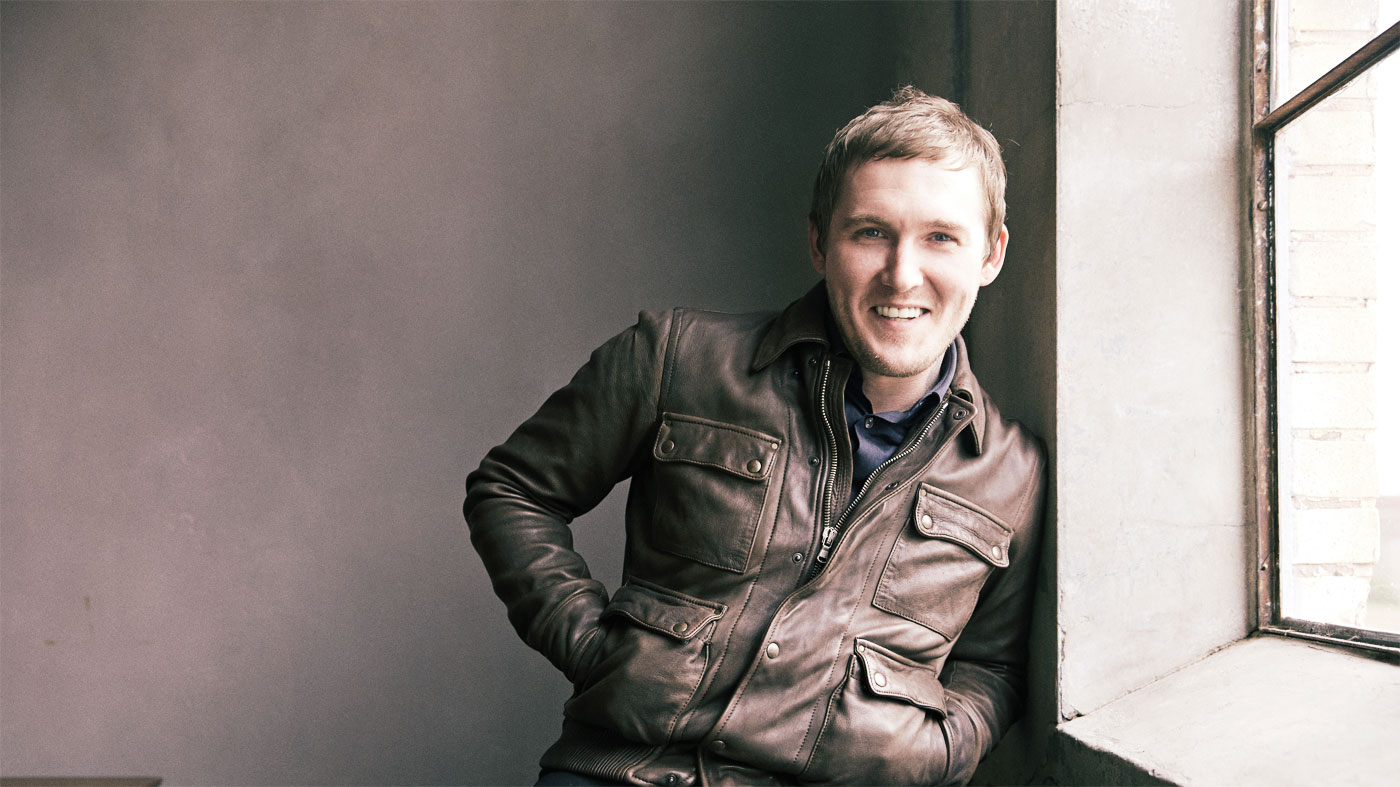
Brian Fallon talks Painkillers, The Gaslight Anthem and converting to ES-335s
“If you put on a Les Paul, a Telecaster or even a Junior you want to rip. But you lose that connection of the songwriter thing. And for me having to put my arm around it and hold it, the same way you do with an acoustic - you’re cradling it. It sort of hugs you back in the chest. I love that I can feel the vibration in the guitar and it does something different - you don’t get it from another guitar.
“I have this weird trick where I’m using the AC30 but I use 335s with it with Luther Lee humbucker-size P-90s in them. If one thing is really bright, the other thing has to be really dark. So it’s bright amp, dark guitar, bright and snappy pickup. And I find that position and the way I set the amp, allows me to fingerpick and it doesn’t lose anything without the compressor.
“I think the Bigsby changes the tone of the guitar. If it’s off the 355 it has this weird midrange thing. The Bigsby clamping on there definitely does something. It’s not massive but I think the fingerpicking would go wacky if I took that off.

Rob is the Reviews Editor for GuitarWorld.com and MusicRadar guitars, so spends most of his waking hours (and beyond) thinking about and trying the latest gear while making sure our reviews team is giving you thorough and honest tests of it. He's worked for guitar mags and sites as a writer and editor for nearly 20 years but still winces at the thought of restringing anything with a Floyd Rose.

